Double Kush Cake Automatic is a fast-flowering, compact plant that produces sizable harvests. Hailing from an impressive lineage that includes Afghani #1, Skunk Kush, and Hindu Kush Automatic, Double Kush Cake Auto offers growers plentiful harvests in a short amount of time.
Flowering stage: 63 days
Total time, seed to harvest: 84 days
Final yield: 89 grams
THC content: 15-18%
Double Kush Cake Automatic was initially bred as part of our Research project in 2021 and is a fast-flowering, heavy yielding feminized autoflowering strain. Originated from the exceptional lineage trifecta of Afghani #1, Hindu Kush Automatic and Skunk Kush, it is 70% indica, 10 % sativa, and 20% ruderalis.
The strain is known for its substantial harvests, especially compared to other autoflowering strains. It is a hardy and resilient strain with the potential to produce heavy yields in colder climates.
The ruderalis influence allows plants to flower without changing light cycles, and enables plants to stay compact. It is an ideal strain for beginner growers looking for low-maintenance strain. Perhaps the most unique characteristic of this prized cultivar is its fast flowering time. Double Kush Cake Automatic can be ready in as little as 50 to 65 days from seed to harvest, ideal for growers looking to cultivate a quick crop.
Our Double Kush Cake Automatic was cultivated in our 220 x 180 centimetre indoor grow room, which was illuminated by one 600-watt Phillips GreenPower high-pressure sodium (HPS) light throughout all stages of the growing cycle.
So, please continue reading to learn more about the steps we took from seed through to harvest!
Germination & seedling
We germinated our Double Kush Cake Automatic seed in a propagation cube. Once the roots began protruding through the sides, we transplanted our seedling into a 2.5-quart pot of BAC Lavasoil Growmix. It was then placed 80 centimetres below our HPS light.
At 3 cm high, our seedling was already displaying substantial cotyledon development, with two rounded lime green leaves prevailing from the stem.
On day three, we gave our Double Kush Cake Automatic 100 ml of pH-adjusted water with added rooting hormone around the stem. The solution was adjusted to pH 6.2 and possessed an electrical conductivity (EC) of 0.8. We also dispersed predatory mites to potentially eliminate any gnat and thrip pupae, and by the end of the week our seedling had reached 4cm.
Vegetation
Throughout vegetation, our Double Kush Cake Automatic received 18 hours of light and 6 hours of darkness. Our grow room was maintained at a temperature of 26°C during the day and dropped to 22°C at night. We also kept the room at 65% relative humidity (RH) for the vegetative stage, which was reduced to 45% throughout flowering.
By the end of week two, our Double Kush Cake Automatic had doubled in size; it had reached eight centimetres and was consuming 200 ml of nutrient solution daily.
At the start of week three, BioGrow was added to our feeding schedule, which bought the EC of our nutrient solution to 1.4. By the end of week three, our Double Kush Cake Automatic had grown to 12 cm and showed significant signs of development.
Side shoots eagerly reached for the light, and the internodal spacing was short. Broad, lime green fan leaves had developed, and the main stem was thickening significantly. Our Double Kush Cake Automatic looked perfect for flowering!
Flowering
As we were cultivating a feminized automatic strain, there was no need to change the lighting schedule, as automatics will flower regardless. However, as photoperiod and automatics strains were being grown together, at the beginning of week four, we changed our light cycle to 12 hours on, and 12 hours off to initiate flowering for our photoperiod plants.
We introduced flowering nutrients into our feeding schedule and stopped supplementing root hormones and BioGrow, which subsequently brought our solution’s EC to 1.6. We also dispersed sachets of amblyseius cucumeris and amblyseius californicus to combat any potential thrips and two-spotted spider mites.
The apical meristem was prominently developing buds. White stigmas protruded from the main cola, and there was some significant trichome development. By the end of week four our Double Kush Cake Automatic had reached 26 centimetres.
Throughout week five, our Double Kush Cake Automatic had grown over 20 cm in height, and had reached 47 cm by the week’s end. She had also doubled her water uptake and was consuming 400 ml of solution daily.
The apical bud was growing more prominent, and trichome coverage increased daily.
Even side shoots were starting to develop trichomes. Dense bud formations began to fill the short internodal gaps in-between, and the cola was starting to look impressive.
Week six began with a one-day flush to clear any nutrient residue in the root zone, and our regular feeding schedule was resumed the next day. Broad green fan leaves stretched from the main stem, and calxyes increased in size. By the end of the week, our Double Kush Cake was now consuming 500ml of nutrient solution.
Buds swelled significantly throughout week seven, and our plant increased its solution intake to 900 ml daily. The main cola continued to grow, and the buds at the tips of each side shoot were swelling substantially. Trichome production was developing substantially, and more buds were coated In sticky resin glands. By the end of the week, our Double Kush Cake had reached a height of 53 cm and was showing significant development at each bud site.
Towards the end of week eight, the aroma became more noticeable, and our plant reeked of dank, earthy goodness. The foliage was bright green, with five-pronged serrated fan leaves covering the central stem.
By the end of week nine, our Double Kush Cake Automatic had reached her final height of 54 cm and was consuming 900 ml of nutrient solution daily. It was clear she was now focusing on flowering, and the buds were coated in a heavy layer of resinous trichomes that glistened under the 600W HPS.
Weeks ten and eleven saw our plant mature into its final stages. Fan leaves started to fade into beautiful autumnal colours, and the buds were getting denser. The main stem featured several compact, dense clusters of buds up the main stem. The central cola was particularly impressive; pistils faded to amber, and the anthocyanins started to change the colours of the foliage to different purple hues.
At the start of week twelve, we began the final flush of our plant to flush any remaining nutrients left in the root zone. As our plant matured throughout the last weeks of flowering, fan leaves faded to beautiful hues of yellow, orange, and light purple. Side shoots had developed into large, dense colas, and an intensely pungent aroma filled the grow room. To our delight, the buds were enormous for such a compact plant.
Many of the calyxes on the buds had turned a deep, vibrant purple and were coated with sticky resin glands. By the end of week twelve, most pistils had changed into a deep amber orange, and trichomes had turned milky white.
On the first day of week thirteen, it was harvest time. The foliage had faded into deep autumnal colours, and calyxes were swollen and sticky. Axillary shoots grew into robust branches, and our Double Kush Cake Automatic was a magnificent sight.
Harvest
We cut our plant down below the first node, and larger fan leaves were removed. Branches were separated and hung upside in our dying room. Our drying room was maintained at 18-20°C, and fans ensured constant air circulation.
After two weeks in the drying room, the branches of our Double Kush Cake could be broken rather than bent, and it was time for the trimming to commence.
The bud structure of our Double Kush Cake was very dense and compact. After lightly trimming excess foliage and sugar leaves, both our gloves and scissors were coated in resin – perfect for finger hash!
We then placed our freshly manicured buds into glass mason jars and moved them to our vault for optimal storage at 62% RH. The curing process took around three months. Jars were opened multiple times a day for the first two weeks and then daily for remanding duration.
Although we expected her to be a compact producer, we were surprised at this exceptional yield. After weighing the dried flower, we harvested an impressive 89 grams from our Double Kush Cake Automatic! After testing the cannabinoid content at the laboratory, it revealed our dried flowers to have a THC content of 15.22%.
Terpene profile
Our Double Kush Cake was heavy in myrcene, emitting a sweet and earthy aroma. It was smooth and flavourful, with a taste similar to its complex aroma – hints of earthy sweetness with dank undernotes. Also present was a detectable flavour of sweet molasses and spicy hash, rounding out a complex flavour bouquet of linalool and caryophyllene.
Double Kush Cake Auto is an Indica dominant strain and provides the user with full-body relaxation, followed by a heavy and relaxing body stone. It is the perfect strain to be enjoyed in the early evenings with friends, or ideal for putting your feet up and watching a movie.
There is also a subtle sativa hint, with a sense of euphoria and an uplifting feeling of happiness throughout long-lasting, and mellow full-body high.
The outcome
Double Kush Cake Automatic was bred to be a heavy yielding, fast-flowering and compact feminized automatic strain. With three heavy-hitting indica dominant parents, Double Kush Cake is an indica powerhouse. It’s a soothing and relaxing effects make it the perfect strain for relaxing after a long day at work.
Its Illustrious genes have made it one of the hardiest autoflowering varieties that will flourish even in colder climates. It’s a perfect low-maintenance strain for beginners, with the potential for beautiful and bountiful harvests.
Have you grown Double Kush Cake Automatic before? Let us know all about it in the comments below, or head over to GrowDiaries.com and create a grow report of your own. If not, be sure to stop by our shop to pick up your own Double Kush Cake Automatic or Double Kush Cake Feminized seeds and let us know what you think!
- Disclaimer:Laws and regulations regarding cannabis cultivation differ from country to country. Sensi Seeds therefore strongly advises you to check your local laws and regulations. Do not act in conflict with the law.







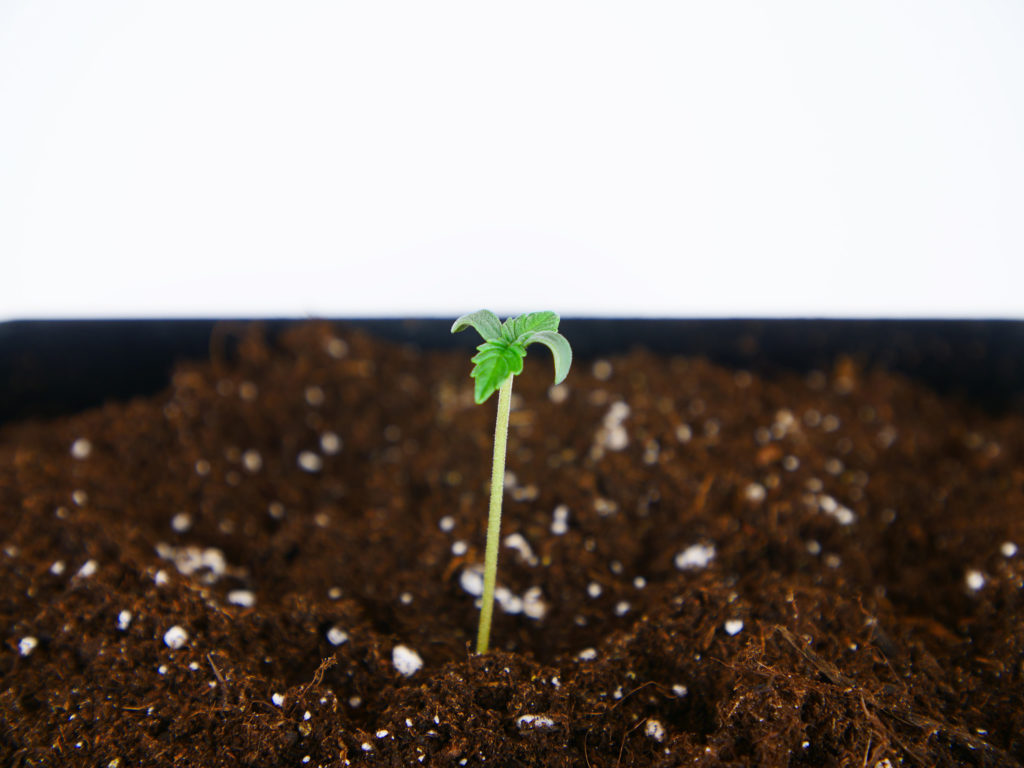

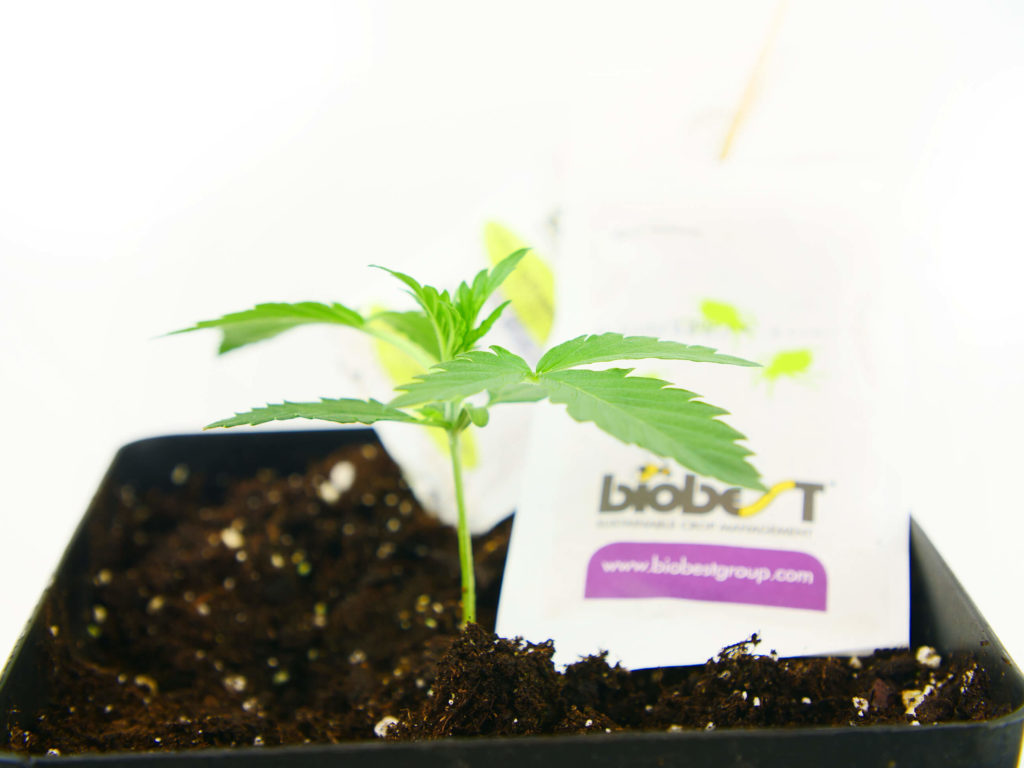


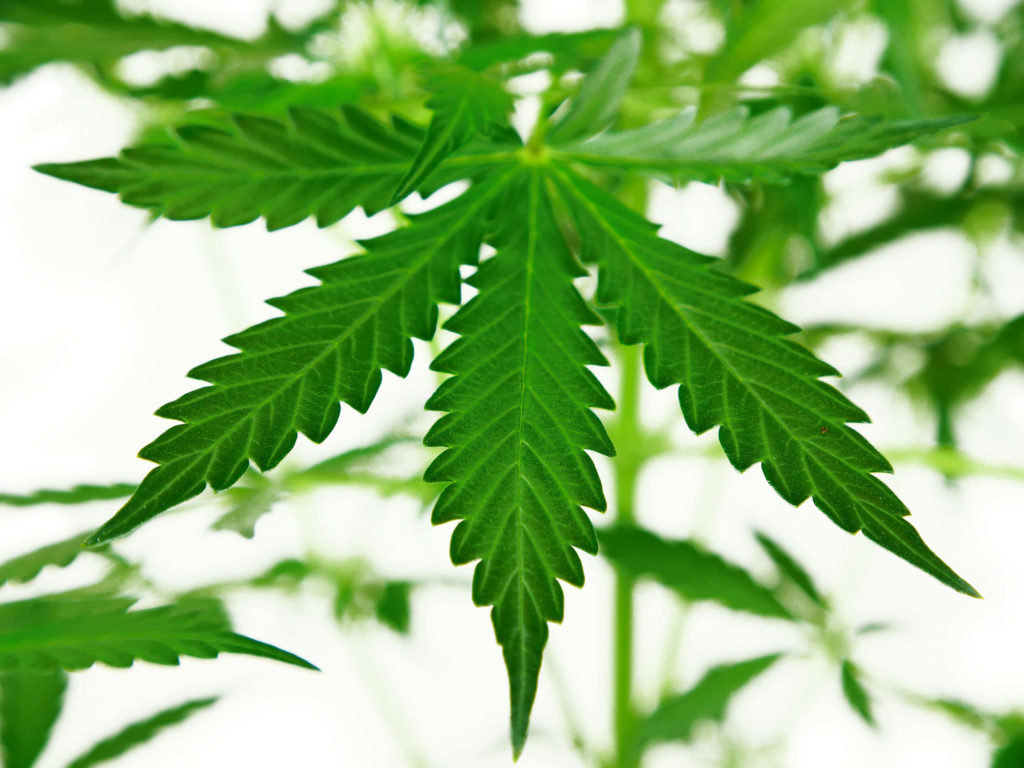
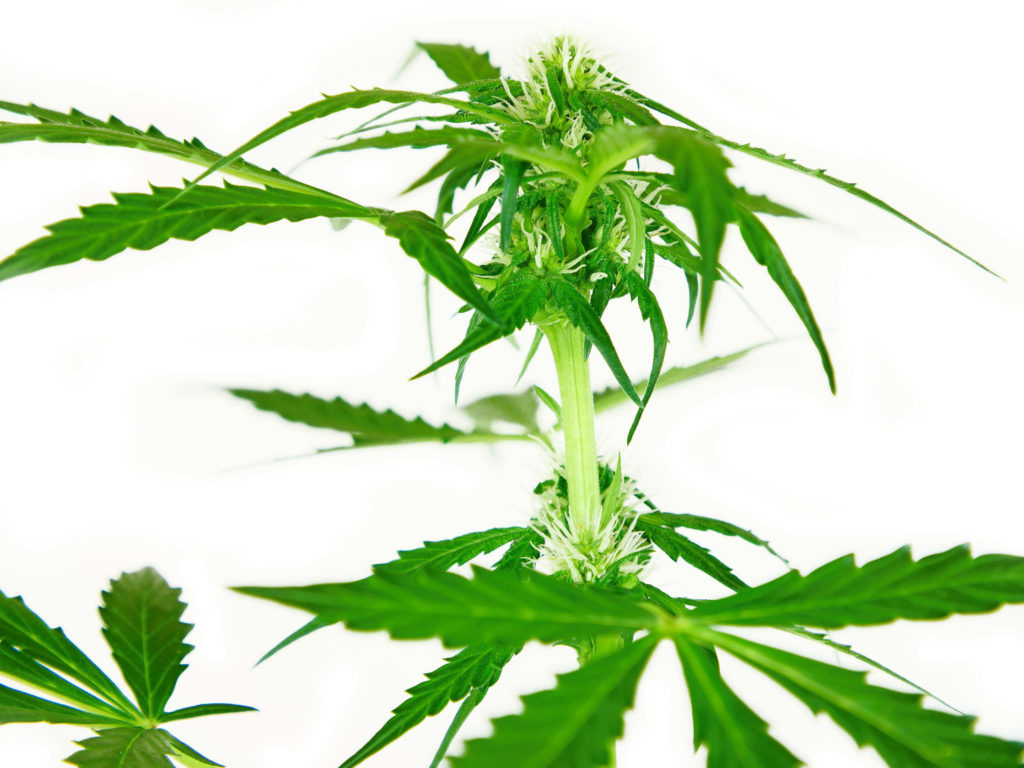
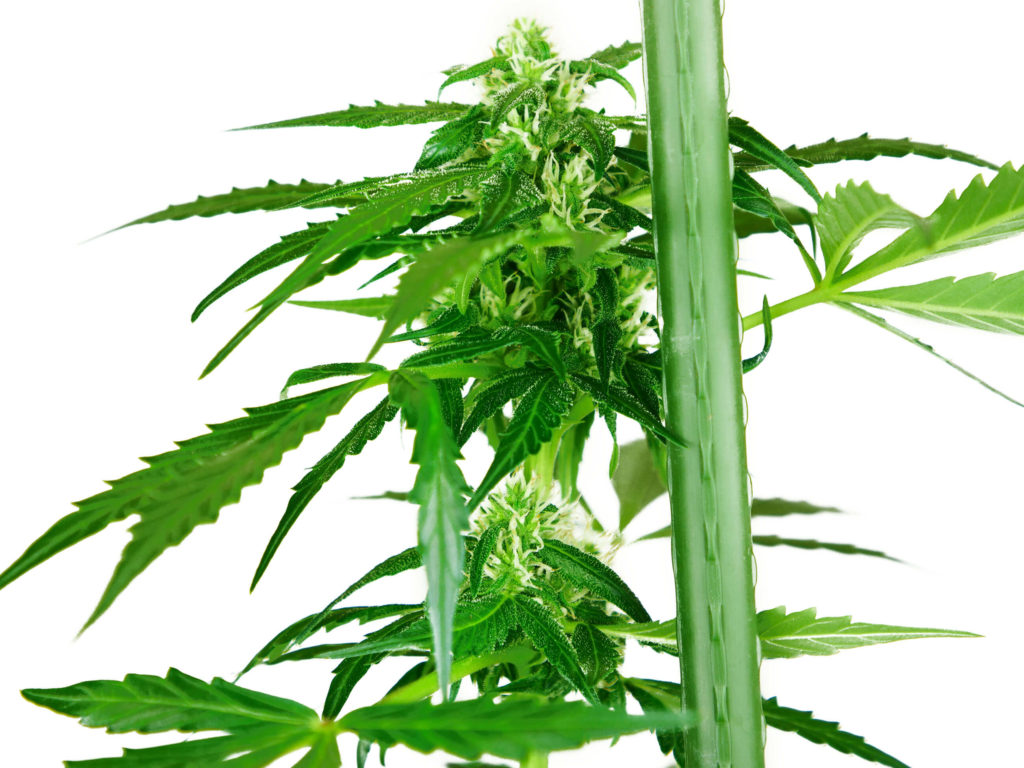


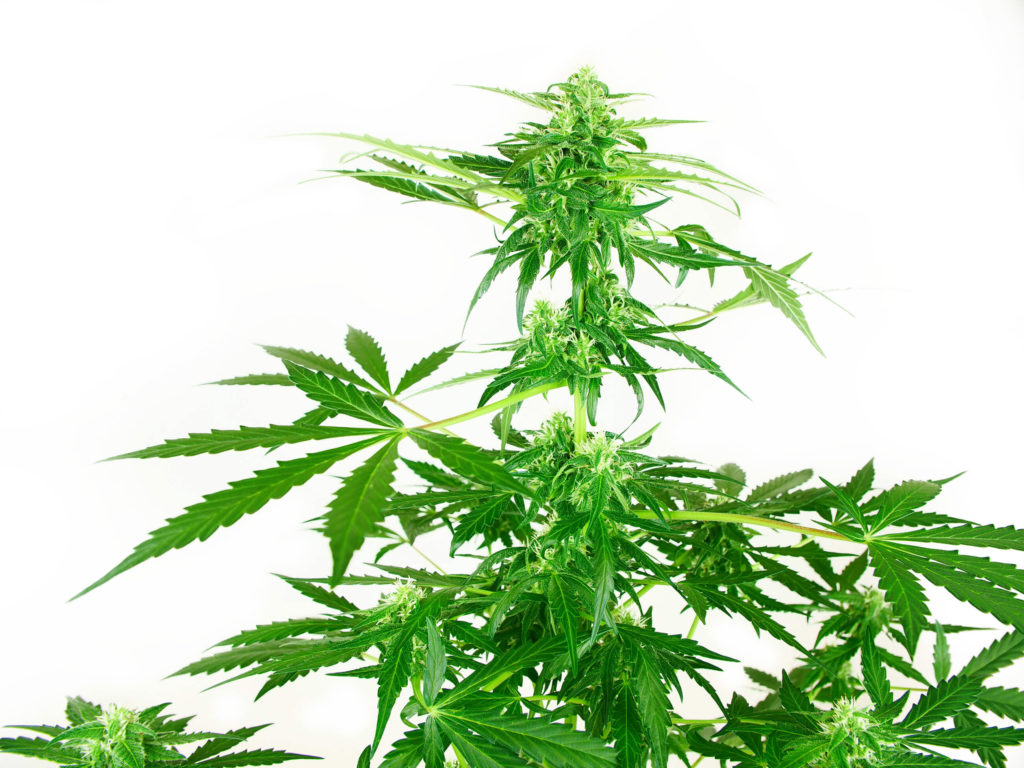
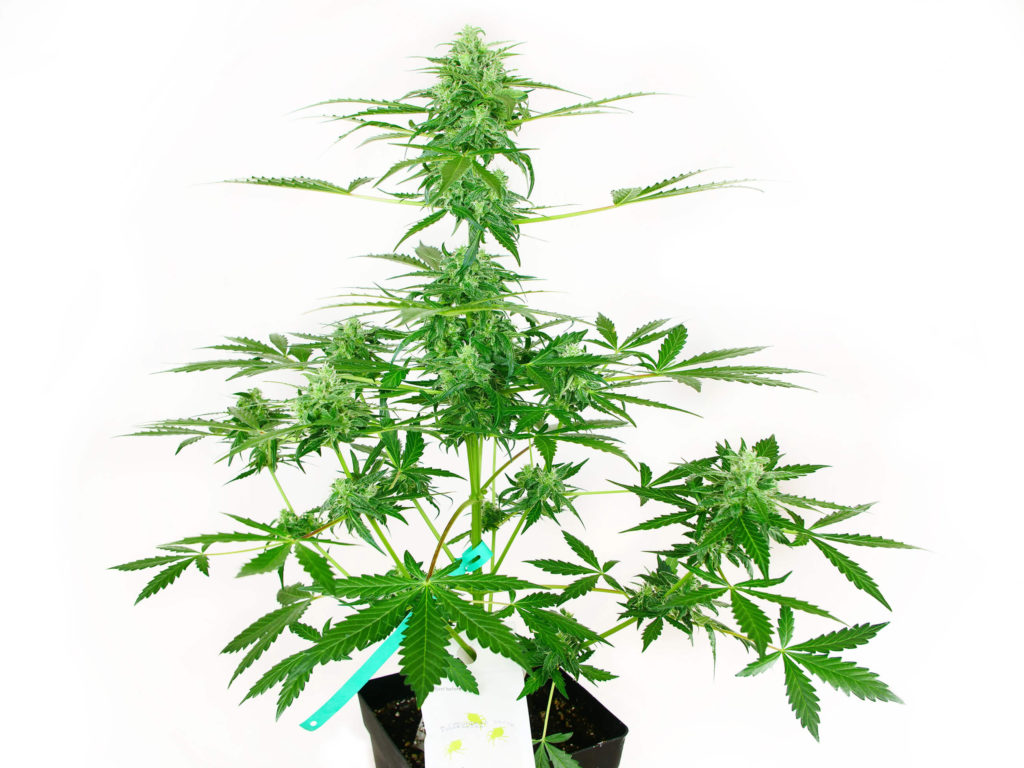
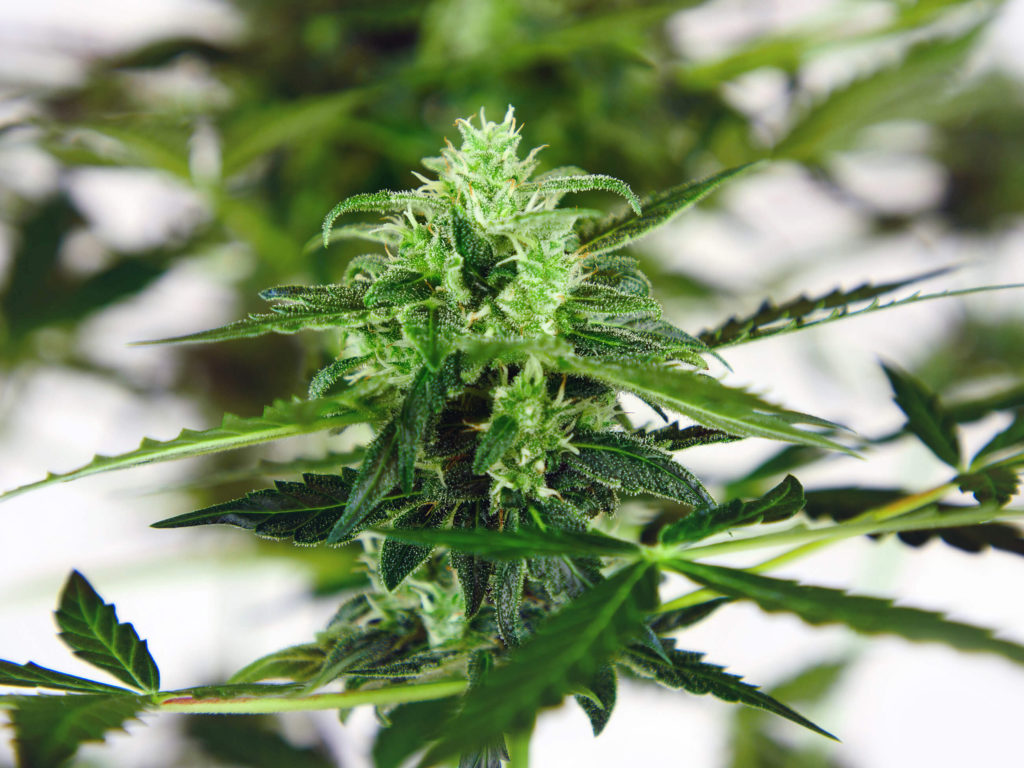

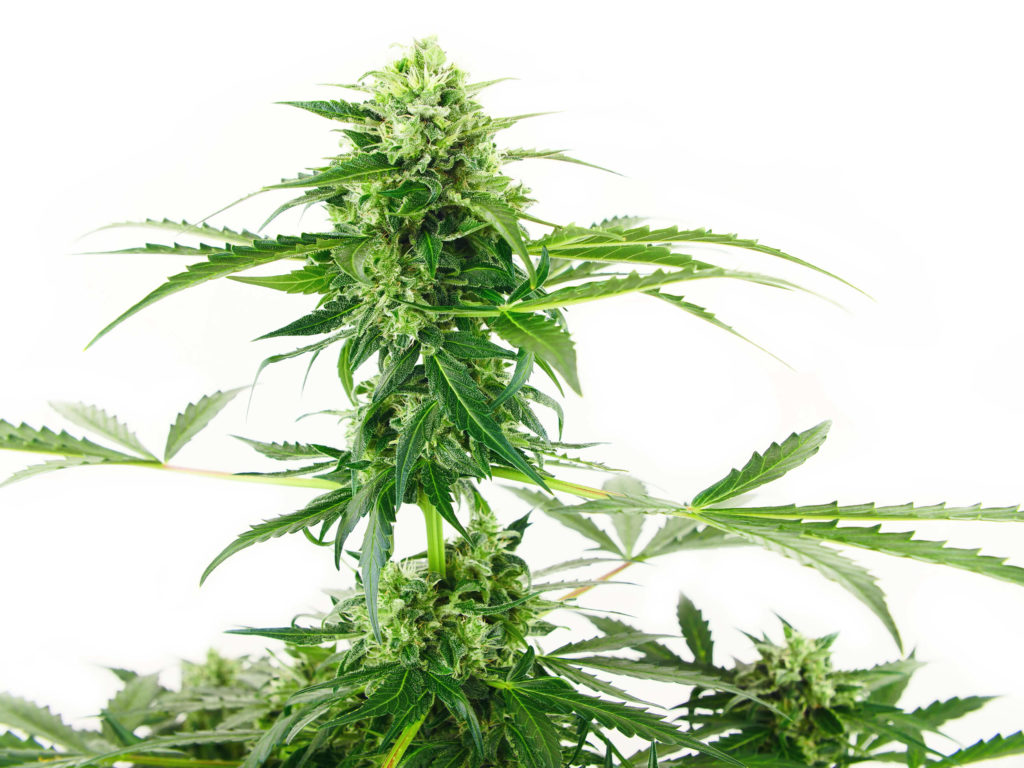

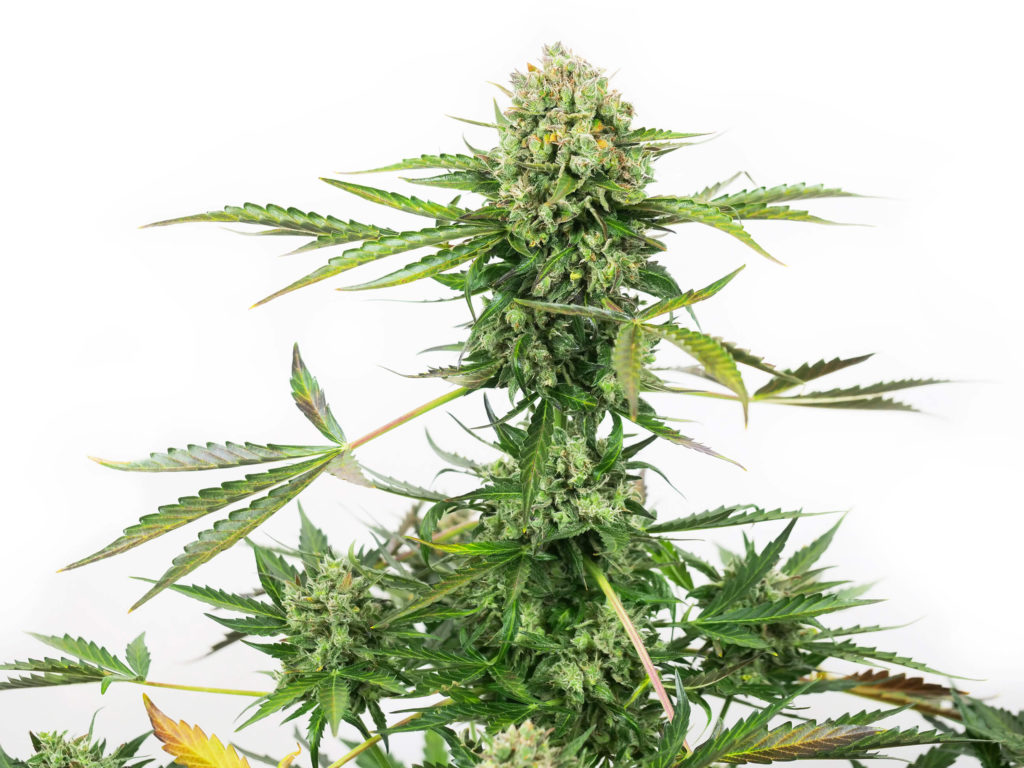
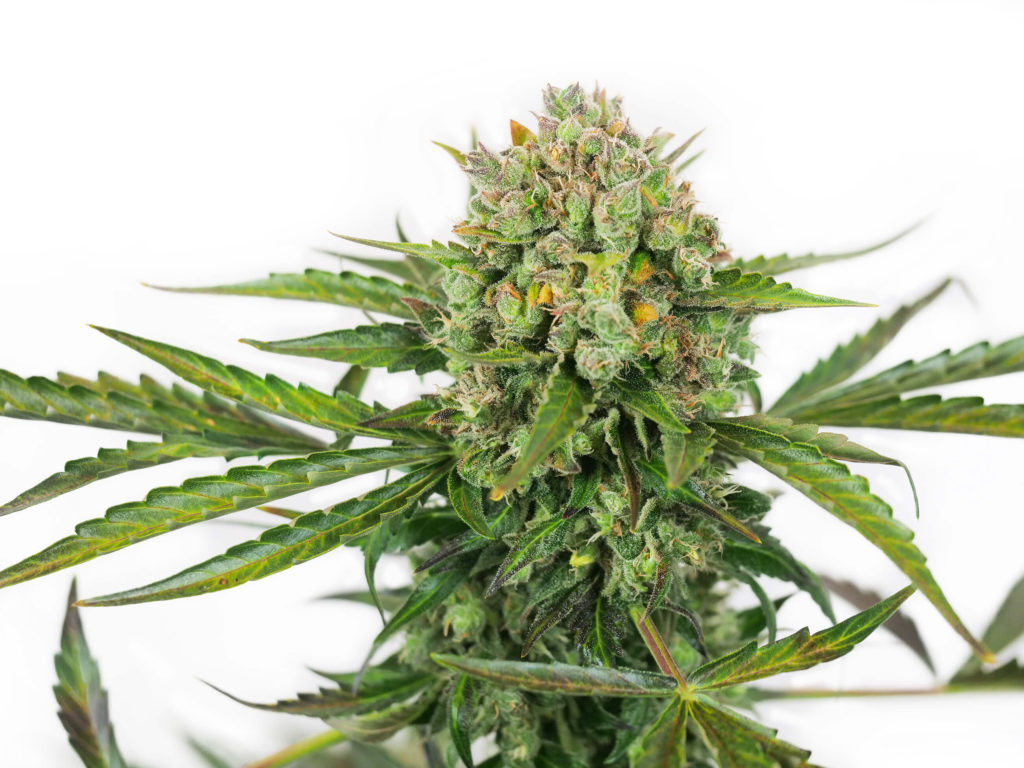
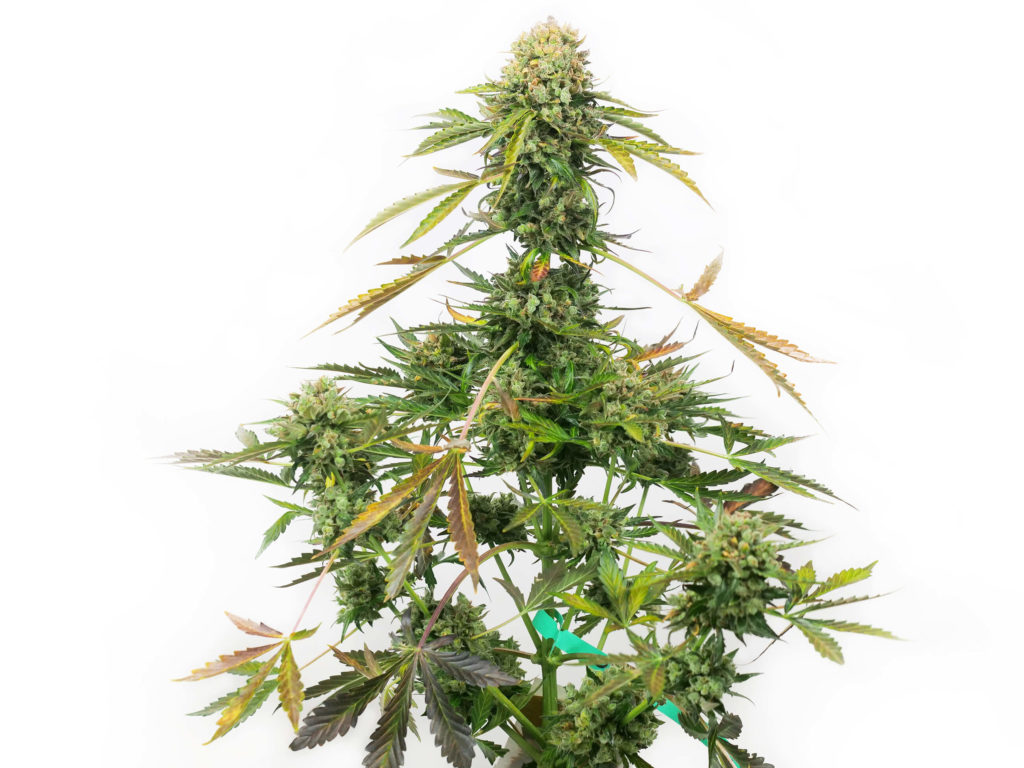
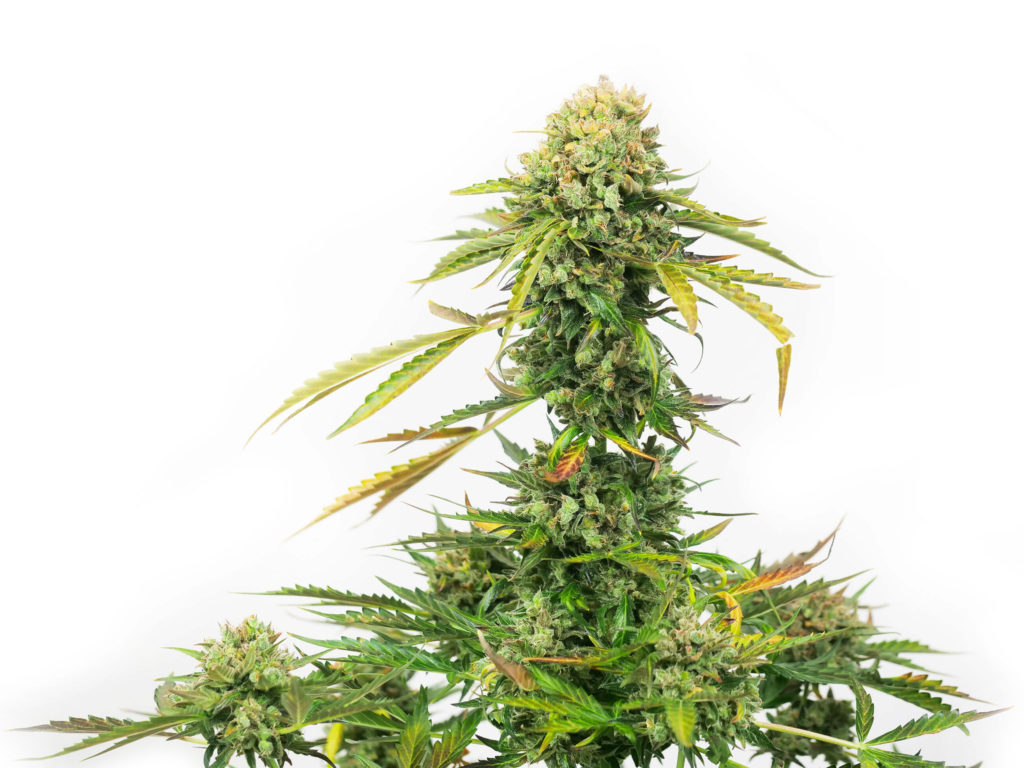
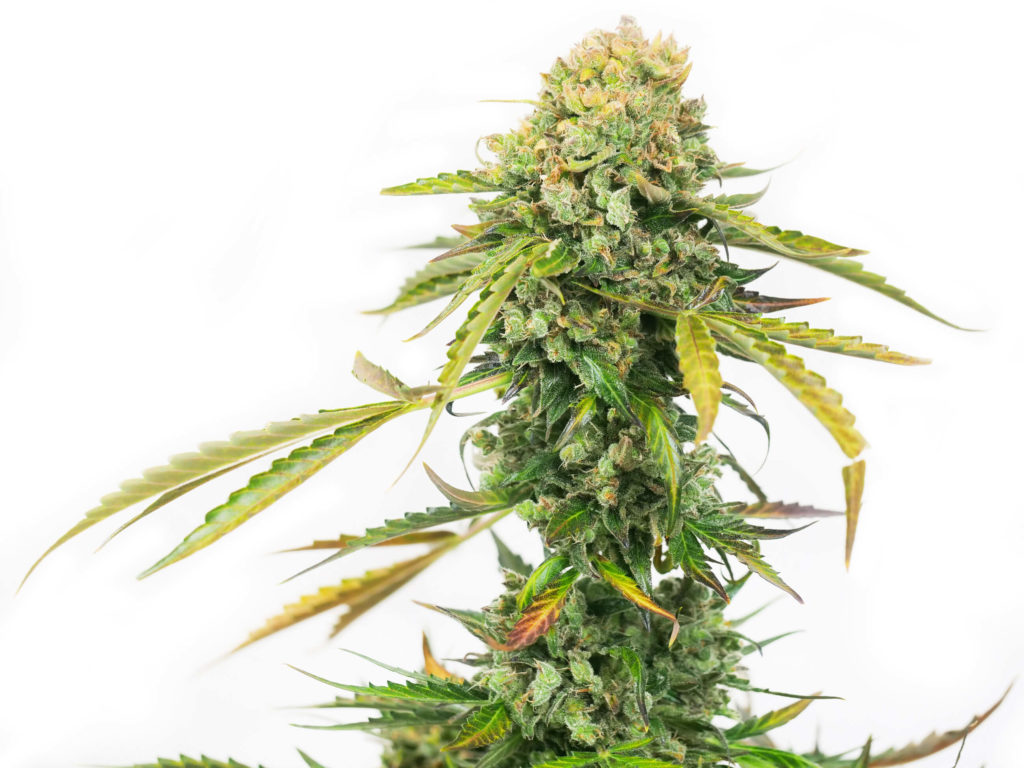
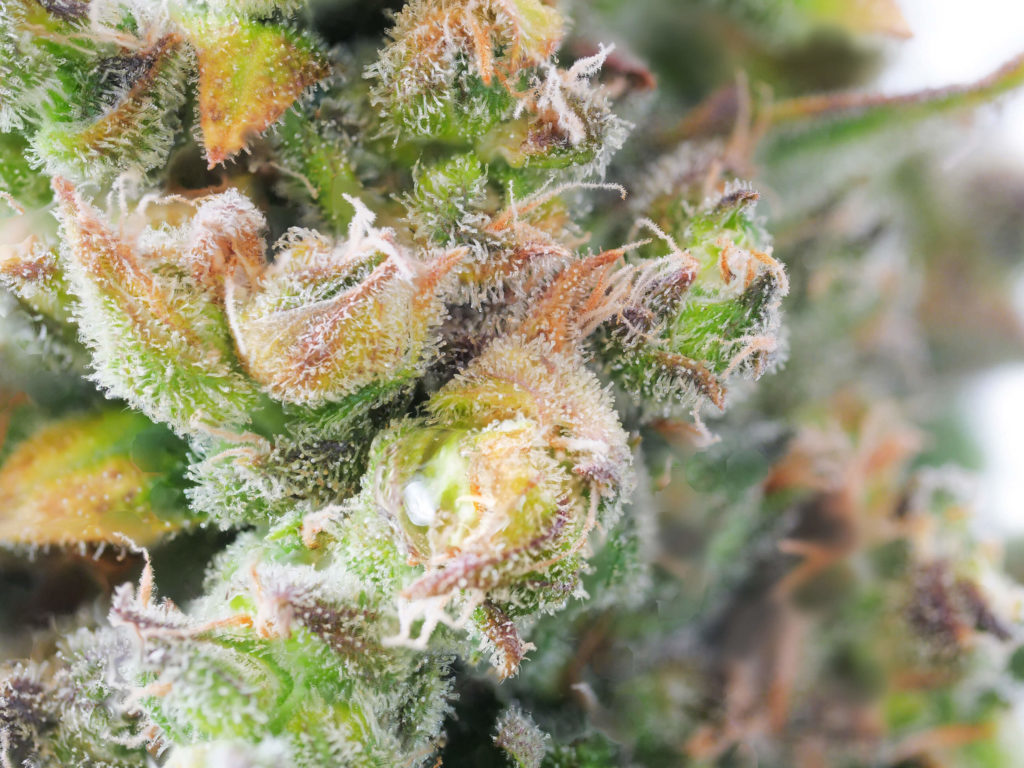
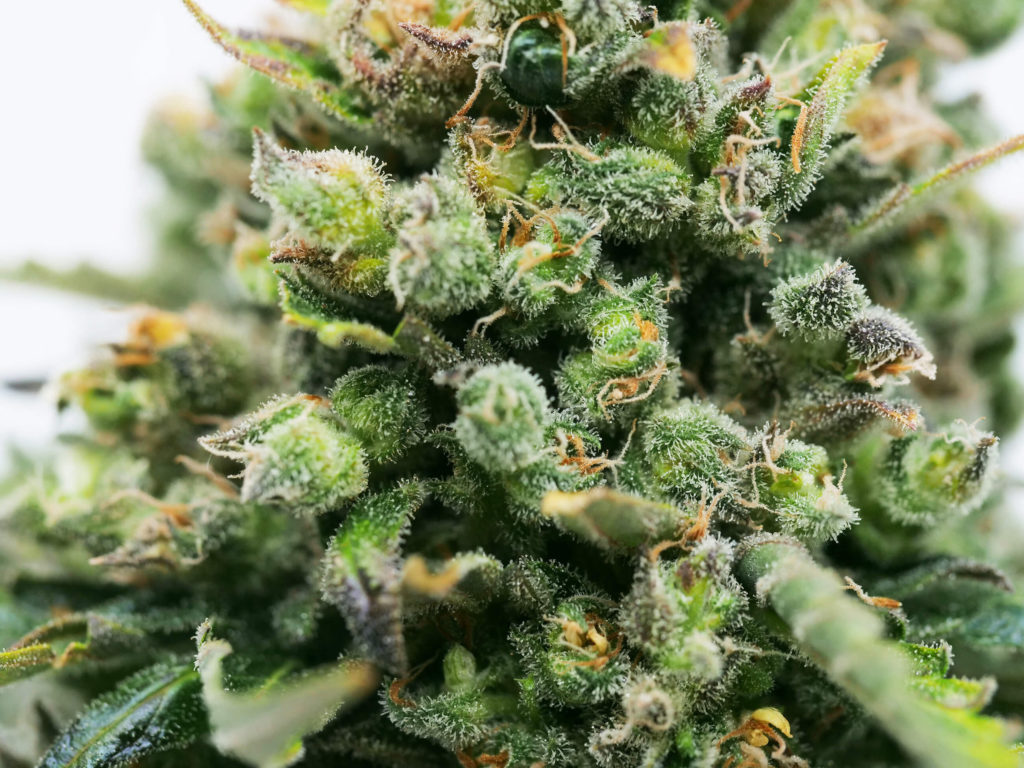
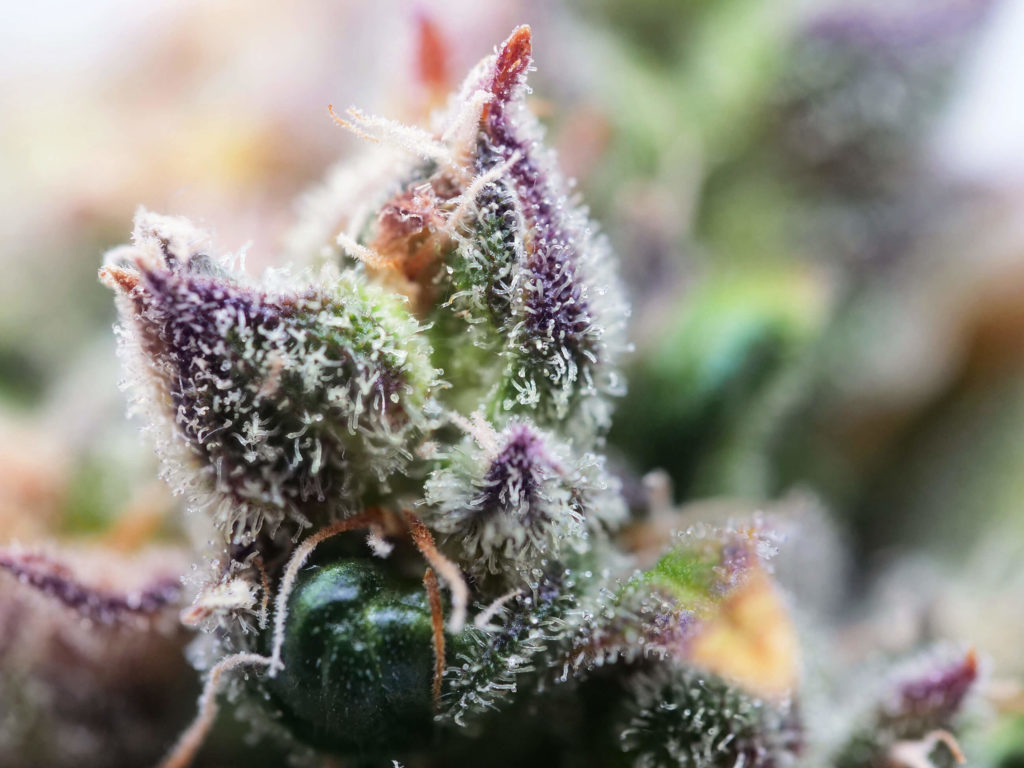


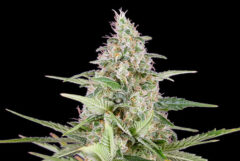

Ma un report della DCK Automatic in esterno non c’è?
Grazie